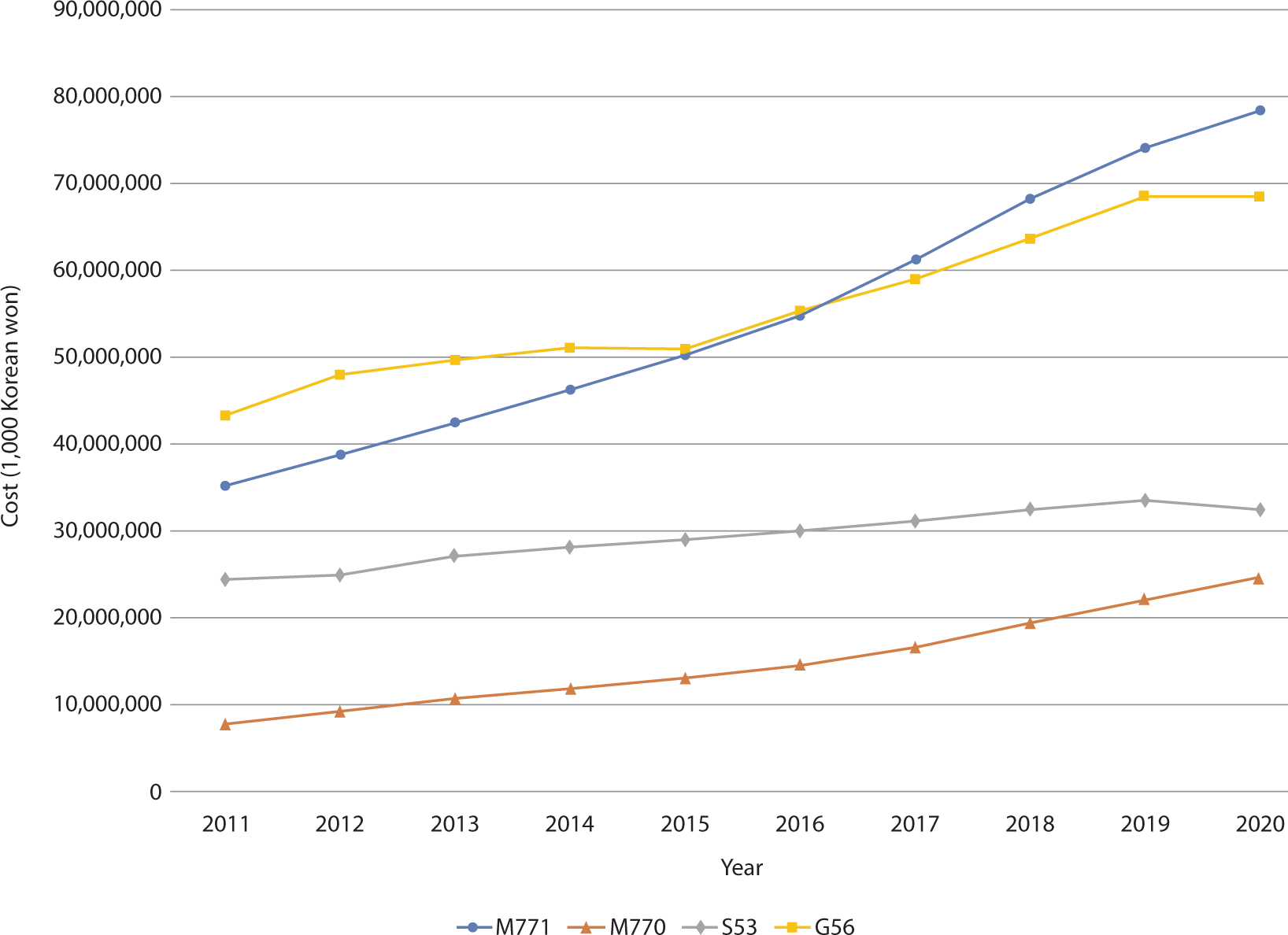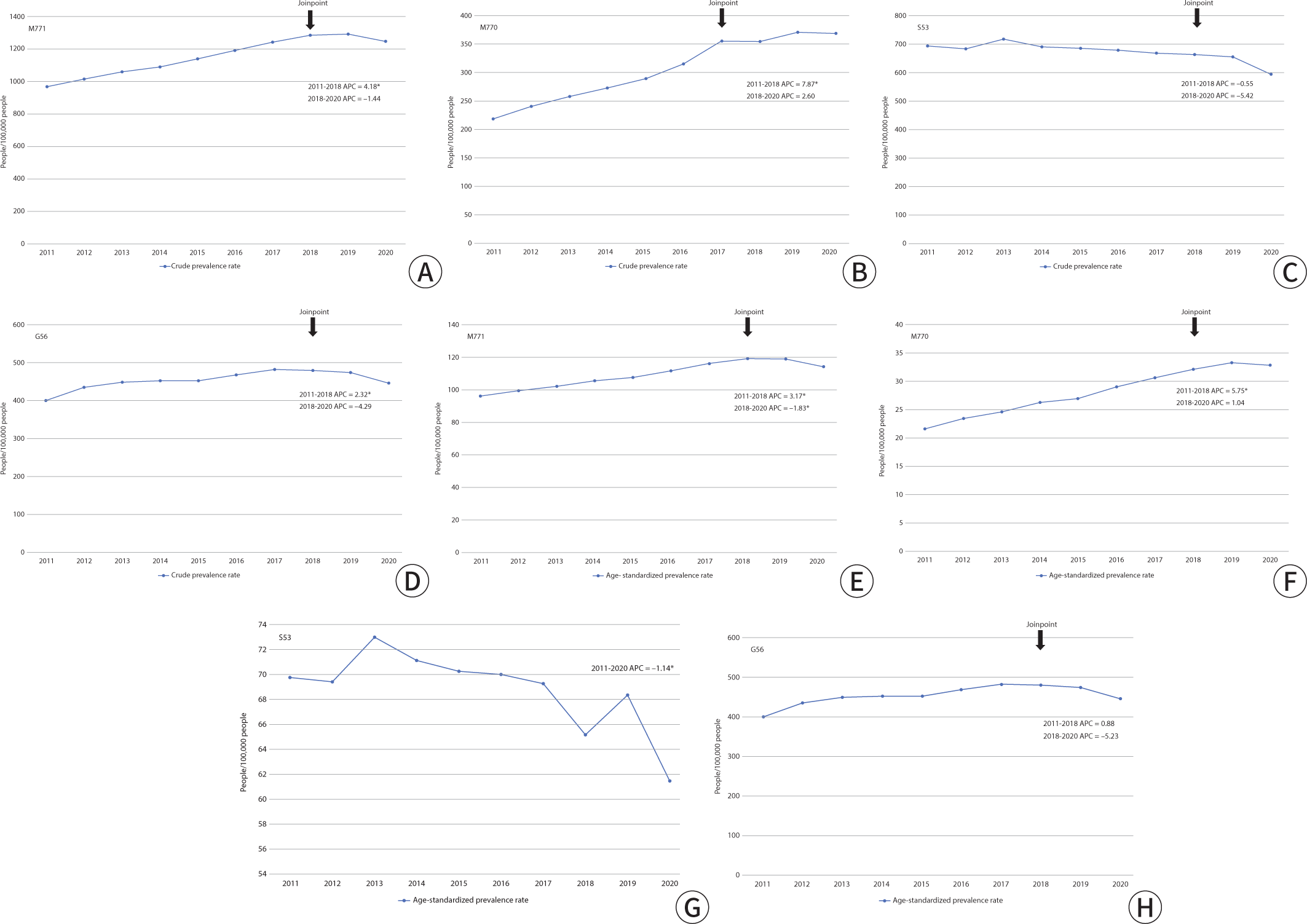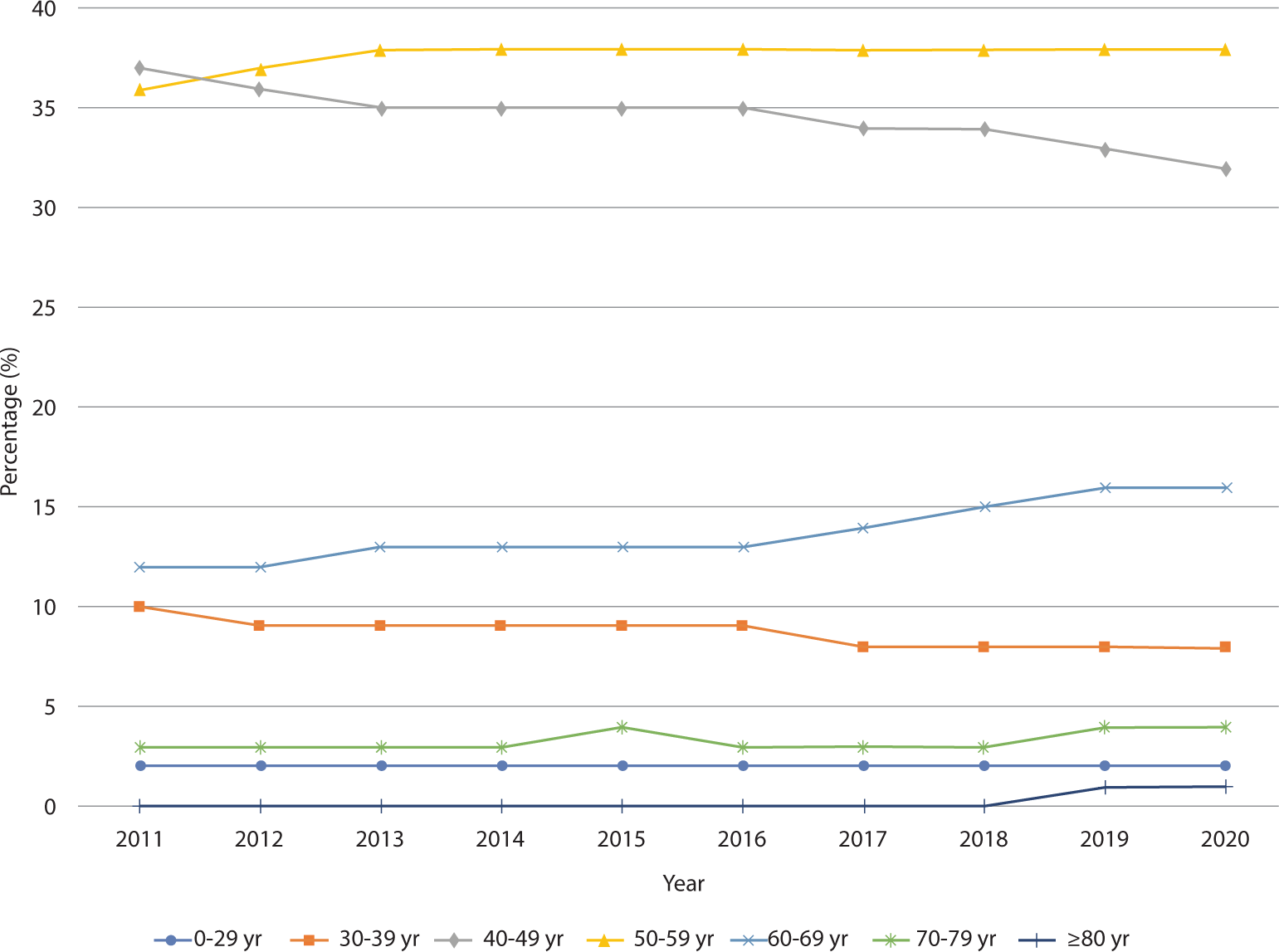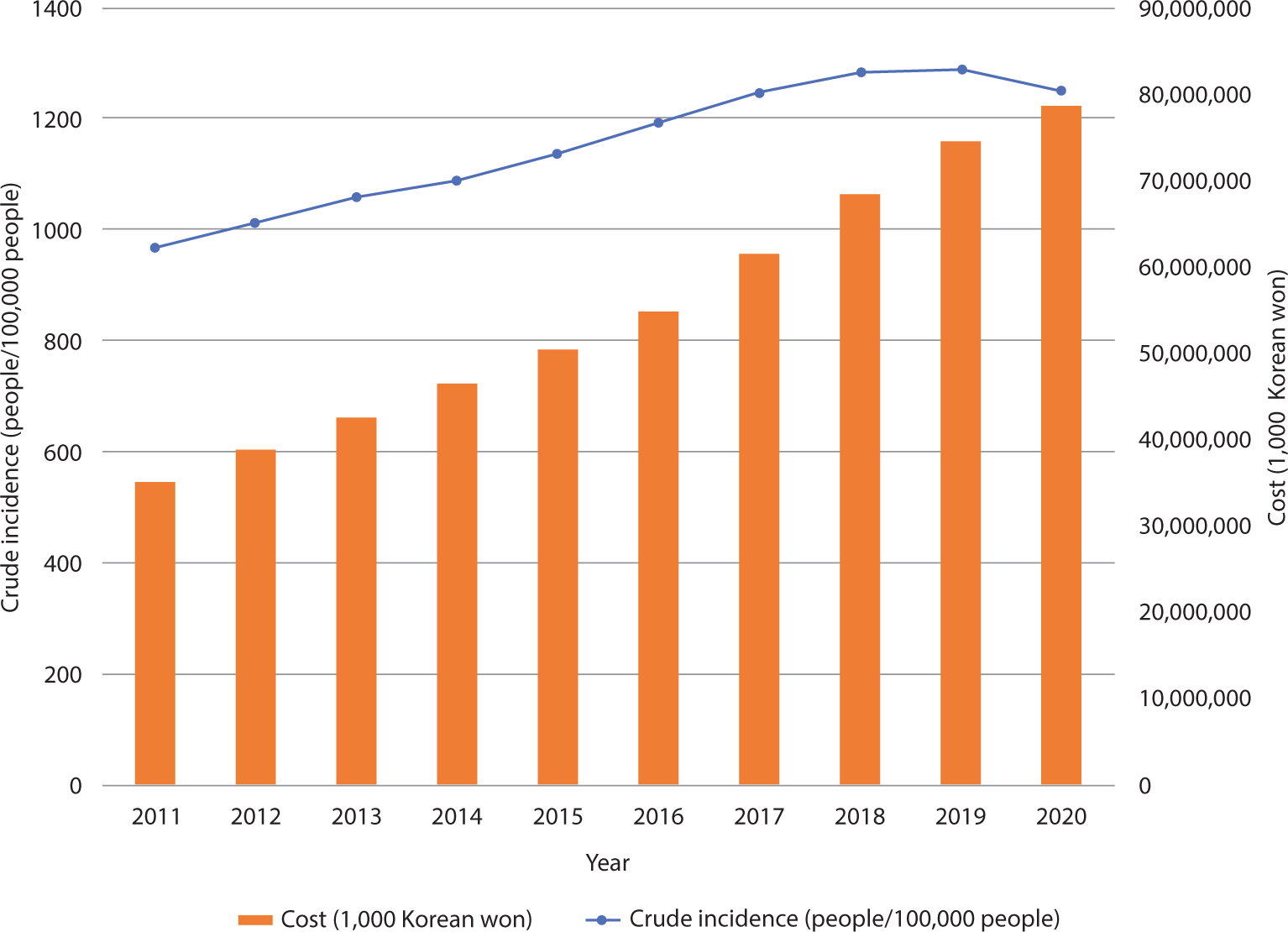Introduction
The human elbow, an intricate fulcrum that can be considered a mechanical wonder, facilitates the primary point of articulation between the forearm and upper arm [1]. Its multifaceted role in the coordinated movements of the hand enables a diverse range of motions and functional activities [2]. This advanced functionality is attributed to its sophisticated structure, which comprises three unique articulations: the ulnotrochlear joint, which serves as a hinge; the proximal radioulnar joint, which enables rotation; and the radiocapitellar joint, which permits both hinge and rotational actions [3]. The synergistic functions of these joints provide the elbow with the ability to flex, extend, and perform the specialized movements of forearm pronation and supination. Additionally, the distal humerus serves as a crucial attachment point for numerous muscle-tendon units, aiding in wrist and finger movements. The radial, median, and ulnar nerves, which are located within the soft confines of the elbow, carry out important functions but sometimes fall prey to various pathological conditions [4].
The elbow is predisposed to several disorders, notably epicondylitis, given its complex architecture. Often associated with specific sports, lateral epicondylitis is colloquially termed "tennis elbow," while medial epicondylitis is known as "golfer's elbow” [5]. Clinically, epicondylitis is characterized by pain focused on the epicondyle, which is intensified by resisted movements of the wrist muscles. Beyond the physical implications, this condition also carries significant socioeconomic consequences. These are manifested in lost workdays and prolonged periods of disability, leading to substantial economic burdens [6].
Chronic elbow pain is a significant concern for patients in clinical settings. Symptoms often reported by patients include swelling, pain, restricted mobility, stiffness, and neurological disturbances such as numbness [7]. The causes of chronic elbow pain are diverse, ranging from anomalies in bones, soft tissues, and nerves. Epicondylitis, which is due to tendinosis of the lateral or medial tendons, is the primary cause, affecting 1% to 3% of the population [8–11]. The development of conditions like epicondylitis is influenced by both occupational and recreational activities, underscoring the multifactorial nature of its etiology [5,6,12]. In addition to epicondylitis, other common pathologies associated with the elbow joint include nerve-related conditions such as cubital tunnel syndrome, radial tunnel syndrome, and pronator teres syndrome [7]. Traumatic injuries, including dislocations, ligament injuries, and fractures around the elbow joint, are also included [13].
In Korea, where most of the population is covered by National Health Insurance, strict protocols require all medical institutions to provide comprehensive patient data to the National Health Insurance Service. This data encompasses not only diagnostic details, such as the International Classification of Disease, 10th revision (ICD-10) codes, but also patient management strategies and economic implications. For example, in 2022, there were 660,767 patients diagnosed with lateral epicondylitis (M771) in Korea, with medical expenses amounting to 92,202,696 Korean won (KRW). Moreover, the financial burden has been steadily increasing each year, underscoring the seriousness of the situation [14].
Given the increasing trends in medical demand and expenditures, a thorough analysis was conducted of the epidemiological and etiological trajectories of elbow pain. Utilizing a decade's worth of medical statistics from the Healthcare Bigdata Hub in Korea, this investigation offers a detailed understanding of elbow-related ailments, as informed by domestic medical claims.
Methods
This study did not require IRB/IACUC approval since the data was achieved from the open data hub.
To investigate the epidemiological and etiological trends associated with elbow pain in Korea over the past decade, we sourced medical statistical data from the HIRA Bigdata Open portal spanning from 2011 to 2020 [14]. During this study period, we extracted codes for common elbow pain etiologies from the four-tier ICD codes for lateral and medial epicondylitis. Additionally, three-tier classification codes frequently associated with elbow pain and primary soft tissue injury codes were incorporated (Table 1). Specifically, these were: (1) lateral epicondylitis (M771); (2) medial epicondylitis (M770); (3) elbow injury, dislocation, sprain (S53); and (4) mononeuropathies of the upper limb (G56).
We derived annual trends in treatment costs and disease prevalence from medical statistical data for the selected four diagnostic classification codes. The annual treatment costs were computed based on the total expenses claimed for each diagnostic classification code throughout the year. We determined the annual number of patients using the period prevalence, which is defined as the percentage of the total population treated for the condition during a specific period. To analyze changes in trends, we utilized the concepts of crude prevalence rate and age-standardized prevalence rate. The crude prevalence rate was calculated as the patient ratio per 100,000 of the average annual population. The age-standardized prevalence rate used the 2010 South Korean population data, provided by the KOSIS National Statistics Portal (www.kosis.kr), as the standard population. We applied weights to this data to compare prevalence rates across different age structures using a direct standardization method.
We further segmented the data based on demographic attributes, categorizing medical usage trends by age. Given the lower incidence rate in individuals below 30 for elbow disorders, we grouped them together and defined the following age cohorts: under 40, 40−49, 50−59, 60−69, 70−79, and 80 and above.
We excluded data on fractures specific to the skeletal structure of the elbow and osteoarthritis diagnoses within this structure. Given the HIRA Bigdata Open portal classification limit (up to the third tier), ambiguous diagnostic codes that might not precisely represent clinical diagnoses, such as unspecified arthropathy or arthritis (M13 or M19), were omitted.
To assess annual percentage changes (APCs) in prevalence over a decade, we employed joinpoint regression analysis (Joinpoint Regression Program ver.4.3.1.0; National Cancer Institute, Bethesda, MD, USA), utilizing a 95% confidence interval and setting the significance threshold at P<0.05. For each trend line, considering both the APC values and their statistical significance, the classifications were as follows: stable for −0.5≤APC≤0.5, with statistical non-significance. A non-significant change was defined as an APC<−0.5 or >0.5 with no statistical significance. An APC>0 with statistical significance was classified as indicating a rising trend. Likewise, an APC<0 with statistical significance was defined as a falling trend.
All other statistical analyses were conducted using SPSS Statistics software (Version 24.0; IBM, Armonk, NY, USA), with a significance threshold set at P<0.05. Descriptive statistics were used to highlight the frequencies and growth rates of variables, while a simple correlation analysis was applied to the decade-long shift in cumulative treatment costs. Pearson correlation analysis was utilized to evaluate the relationships between continuous variables.
Results
From 2011 to 2020, a total of 551,986,637 KRW was spent on treatment costs under the M771 code (lateral epicondylitis). In 2011, the total treatment cost was 35,447,254 KRW. This amount steadily rose to 78,518,749 KRW in 2020, representing an approximate increase of 122% compared to 2011 (Fig. 1). Conversely, the code defined as elbow injury, dislocation, sprain (S53) saw an increase of about 32% from 2011 to 2020, while the code for mononeuropathy of the upper limb (G56) saw an increase of 57%. The annual rate of increase in total treatment costs was statistically significant for all diseases (P<0.001).

The annual patient counts, crude prevalence rates, and age-standardized prevalence rates for the four diagnostic codes related to elbow pain claimed over the past decade are summarized in Table 2. For lateral epicondylitis (M771), the crude prevalence rate gradually increased from approximately 969 cases per 100,000 in 2011 to 1,248 cases in 2020. There was a statistically significant increase from 2011 to 2018, with no statistically significant change observed after 2018 (Fig. 2A). The age-standardized prevalence rate also showed a significant increase from 2011 to 2018, with no notable changes observed after that (Fig. 2E). For medial epicondylitis (M770), the crude prevalence rate exhibited a significant increase from 2011 to 2017, followed by a non-significant change after 2017 (Fig. 2B). The age-standardized prevalence rate, similarly, showed a significant rise from 2011 to 2018 and a non-significant change after 2018 (Fig. 2F). Elbow injury, dislocation, sprain (S53) showed no significant change in crude prevalence throughout the study period (Fig. 2C), but its age-standardized prevalence consistently declined (Fig. 2G). For mononeuropathy of the upper limb (G56), the crude prevalence rate exhibited a significant increase from 2011 to 2018, followed by a non-significant change after 2018 (Fig. 2D). However, no significant change was found in the age-standardized prevalence rate (Fig. 2H).

Upon examining the demographics by age for the most significantly increasing condition, lateral epicondylitis (M771), it was revealed that in 2011, individuals aged 40−49 years accounted for approximately 37% of the treatment costs, while those aged 60−69 years represented about 12%. However, starting from 2012, the 50−59 age group became dominant, while the proportion of the 40−49 age group decreased and that of the 60−69 age group increased (Fig. 3). It is noteworthy that there were slight increases in the elderly demographics, with the percentage of the 70−79 age group rising from approximately 3% to 4%, and those aged 80 and above increasing from nearly 0% to 1%. The annual patient counts of lateral epicondylitis (M771) peaked in 2020, with 640,766 patients, making it the most common among elbow pain-related conditions. Over the past decade, there has been a significant increase in both the annual crude prevalence rate and the total treatment cost (Fig. 4), demonstrating a strong positive correlation between them (r=0.944, P<0.001).


Discussion
Based on the ICD-10 codes related to elbow pain, we analyzed the epidemiological trends of elbow pain in Korea over the past decade using data from the Healthcare Bigdata Hub in Korea. Excluding diagnoses related to fractures in the skeletal structure and osteoarthritis, it was observed that the annual total medical costs and the percentage change in the number of patients diagnosed with lateral epicondylitis (M771) showed the most significant increasing trend. Similarly, for medial epicondylitis (M770), the crude and age-standardized prevalence rates demonstrated statistically significant increases. However, both conditions showed non-significant trends from 2018 onward. In contrast, the age-standardized prevalence rate for elbow injury, dislocation, and sprain (S53) significantly decreased, while that of mononeuropathy of the upper limb (G56) significantly increased, becoming non-significant from 2018.
The COVID-19 pandemic, which began in 2019, is believed to have influenced the trends of various diseases after 2018. The COVID-19 pandemic seems to have not significantly impacted trauma patient hospital visits but might have influenced disease patients to endure pain and potentially delay hospital visits [15–18].
The changing demographic structure in Korea, combined with differences in the main diseases by age group, might have contributed to these findings [19]. Given the rapid aging of the Korean population, the proportion of people over 60 is increasing [20]. Thus, age, a critical factor related to elbow lesions, may be associated with the observed increase in prevalence. However, even after standardizing for age in this study, there remains a steady increase in prevalence, albeit less pronounced than the crude prevalence rate. Importantly, the significant upward trend in the crude prevalence rate suggests a growing number of patients, which implies a greater socioeconomic burden and heightened consumption of medical resources. This trend is further corroborated by the statistically significant and strong correlation observed between the annual increase in total medical costs and prevalence rate for lateral epicondylitis (M751) in 2020, the most common elbow pain-related diagnosis.
Another noteworthy observation of this study is the shift in the age distribution of total medical costs for elbow lesions over the past decade. In 2011, individuals in their 40s accounted for the highest proportion, but this proportion gradually decreased thereafter. In contrast, the proportion of costs incurred by individuals in their 50s and those in their 60s has increased since 2012. This trend is consistent with the age distribution of total medical costs for lateral epicondylitis (M771). The effect of COVID-19 seems to have temporarily stalled the increasing trend of patients in 2019 and 2020 [21]. However, considering the overall decline in medical demand and in-patient treatment due to COVID-19, the trend would likely have continued to rise if the COVID-19 pandemic had not taken place.
The increasing trend in patient age aligns with domestic research on shoulder lesions. For instance, Jung et al. [22] conducted an epidemiological and etiological study on shoulder pain using health statistics data from the Healthcare Bigdata Hub in Korea. Their findings indicated that the age of patients experiencing shoulder pain is on the rise. In light of this observed trend, there is a pressing need for improved socioeconomic support and refinements in health policy, particularly in relation to the allocation of medical expenses and resources for managing elbow pain.
Our results align with those of prior studies, indicating a demographic aging trend in musculoskeletal disorders, especially concerning elbow pain. Given shifts in Korea's population over the past decade, there is a clear correlation with the nation's aging demographic structure. As most elbow lesions are closely related to age, the prevalence of these lesions is anticipated to rise with population aging, leading to increases in medical expenses. Thus, elbow lesions have significant socioeconomic and healthcare implications. Factors like the aging population, diagnostic advances leading to more patient diagnoses, improved surgical techniques resulting in more frequent operations, and shifts in treatment indications and methods are all believed to have influenced the observed trends in age-related treatment costs. With the introduction of diverse injection therapies and conservative treatment approaches, along with newly incorporated therapeutic methodologies, there is a pressing need for in-depth research into evolving treatment modalities [8,23–25].
This study has several limitations. First, the data were collected based solely on diagnostic codes rather than detailed clinical records. Consequently, it was challenging to determine the intensity, severity, and type of treatments, along with other specific clinical characteristics and aspects of disease progression. Nonetheless, this study is significant because it analyzed a large national sample obtained through the health insurance system to which most citizens are subscribed in order to understand epidemiological trends related to elbow pain. Second, issues such as plica syndrome, bursitis, or synovitis may not be accurately differentiated within the ICD-10 classification system. Sometimes, a single clinical diagnosis might be billed under different diagnostic codes depending on the medical professional's prescription.
Similarly, for conditions like elbow joint arthritis, one of the leading causes of elbow pain, the ICD-10 system does not allow differentiation between different joints. Moreover, accurate identification based solely on diagnostic codes is challenging when a patient has multiple possible diagnoses. For the G56 code, diagnoses are not restricted to the elbow; thus, this code aggregates elbow conditions together with wrist conditions, including median nerve, radial nerve, and ulnar nerve pathologies around the wrist joint. Additionally, elbow pain can be primary pain originating from the elbow or secondary pain due to another condition. Therefore, it is possible for the codes for elbow lesions to reflect mistaken or preliminary clinical diagnoses. This relates to the complexity of the elbow structure, its functional interconnectedness, and the ongoing evolution of medical concepts. Third, elbow conditions primarily originate in soft tissues. The diagnosis of these conditions mainly utilizes ultrasound or magnetic resonance imaging, and the use of various injections has expanded in recent years. Finally, there were limitations in the cost analysis for items prescribed as non-covered services. These items need to be included in future cost analyses.
Nonetheless, the primary aim of this study was to ascertain the epidemiological trends of diseases related to elbow pain. Over the past decade, the number of patients with elbow conditions and the total medical benefits have undoubtedly increased.
From 2011 to 2020, there were significant increasing trends in the total medical costs, prevalence, and age-standardized prevalence rate for lateral epicondylitis (M771). Additionally, the age group of 50−59 showed the highest expenditures for lateral epicondylitis, suggesting a trend of aging in elbow pain patients. Considering the demographic and aging trends in the Korea, along with the evolving health statistics related to elbow pain, there will likely be an increasing socioeconomic interest and need for health and medical countermeasures regarding the medical costs and allocation of medical resources for elbow pain.

